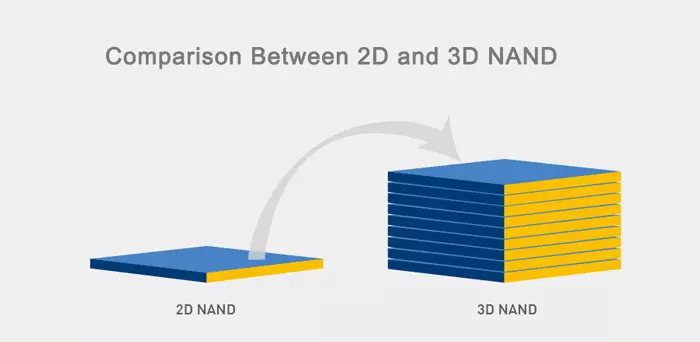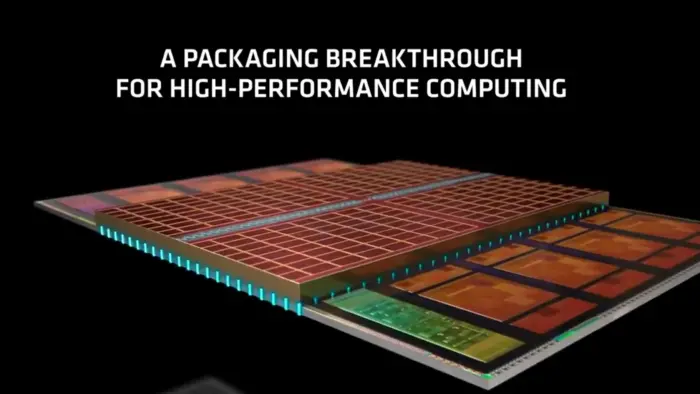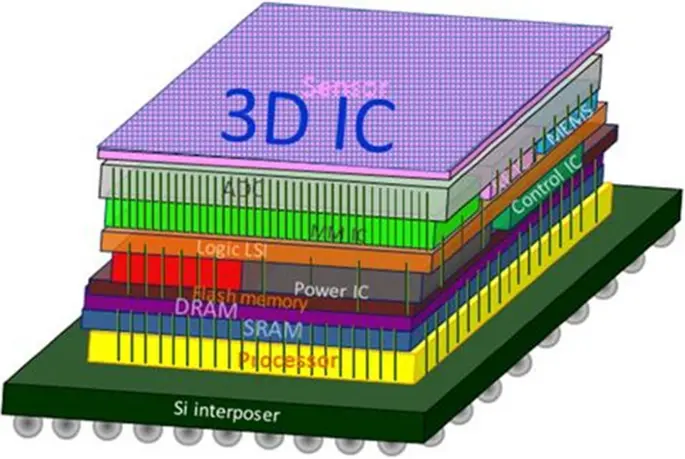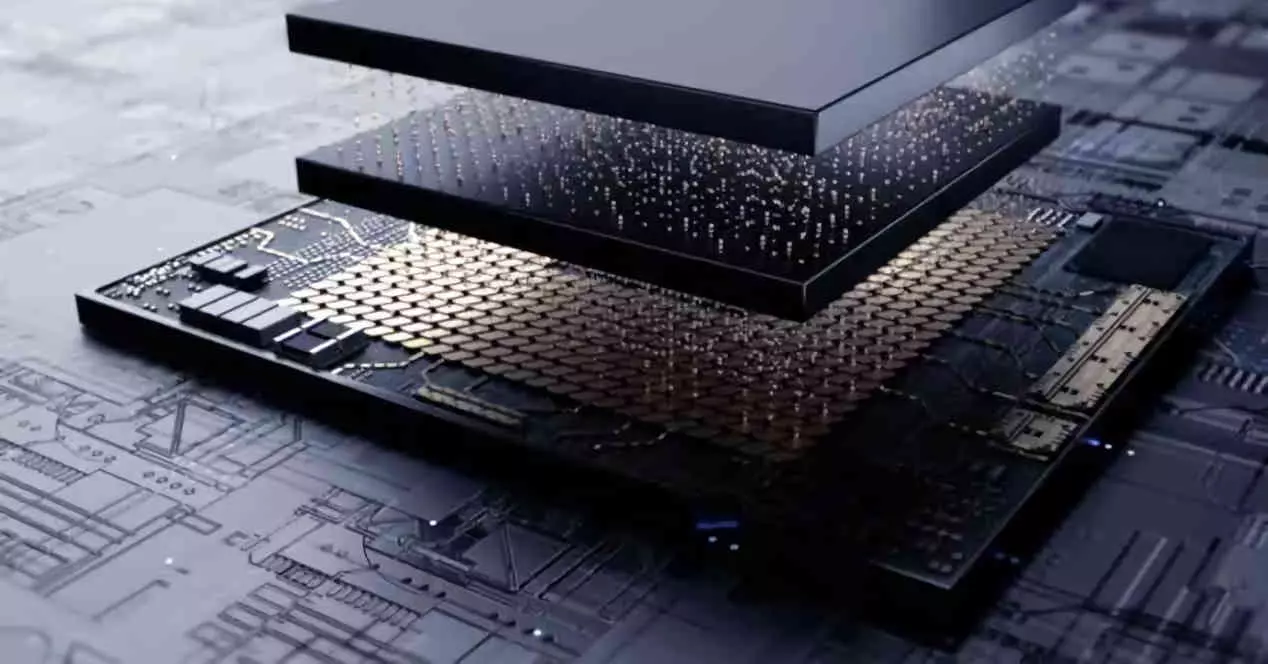This technology remains in patent status.
Huawei may have grown A 3DIC solution A strategic move already contemplated in their planning and one that has the potential to change the course of the situation, is a response to the technological blockade imposed by the West.
What is this technology and how does it differ from other chips?
The concept of 3DIC technology is not new: it consists of stacking two or more chips on top of each other and establishing vertical connections between them. Previous examples include AMD 3D V-Cache technologyDifferent generations of HBM memory and 3D-NAND memory present in current SSDs.
However, for Huawei, this technology could represent the answer A technical veto imposed by the United States and their allies. When progressing in the development of a new lithograph, the main objective is to place the maximum number of transistors within a given area.
With the introduction of 3DIC technology, there is an opportunity to increase this capability per square millimeter. This estimate does not include volume or cubic millimeters (mm³), which can increase density per part by stacking multiple different chips.

In other words, the construction of more complex systems is achieved without the need to resort to a new production node.
From 2022, Huawei was known to be developing a 3DIC solution in response to a US-imposed ban blocking the Chinese multinational. Access to 7nm technologies superiors.
Specifically, their approach is to stack two 14nm chips on top of each other, with the goal of achieving a density equivalent to 7nm technology in a single location. This will allow the continued development of more sophisticated chips.

Challenges Ahead for Huawei
It has the advantage of using more advanced lithography for chip manufacturing Reduce energy consumption Keep the same design, or increase the clock speed.
These improvements would be difficult to achieve by sticking with a less advanced manufacturing process to create the chip. However, this is not the only challenge facing Huawei in its approach to 3DIC technology; We should also consider two additional aspects:
- Chip fabrication using the 3DIC method involves adding additional steps, which is feasible Double the price per chip In very unfavorable cases.
- Stacking two chips on top of each other increases the heat ie Huawei You may need to lower the clock speed significantly to handle the thermal issue properly.

It should be remembered that 3DIC solutions are often used on low-power chips, such as those used in mobile devices, precisely for this reason.
Finally, it is important to note Huawei’s proposition regarding technology 3DIC is under patent status And no product using it has been introduced yet.

